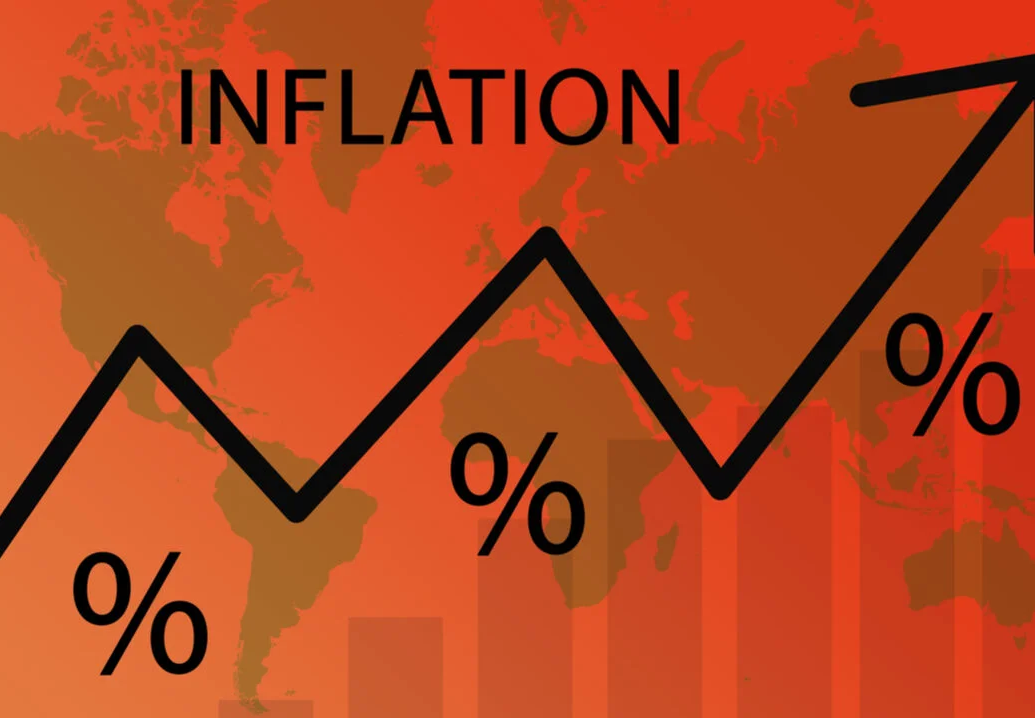Looking into a crystal ball and prognosticating the future is always a risky endeavor, but when it comes to Social Security and the year 2023 there are 4 things that have a high probability of happening. Cost of Living Increase In 2022, Social Security recipients received a 5.9% cost-of-living adjustment (COLA). It was the biggest increase in 40 years. Inflation continued to pick up speed and the 2023 COLA will almost certainly be higher. Social Security sets the annual cost-of-living-adjustment every October using the Consumer Price Index for Urban Wage Earners and Clerical Workers (CPI-W). According to the Bureau of Labor Statistics, the CPI-W through May was running at 9.3%. Others look at the Consumer Price Index for All Urban Consumers (CPI-U) which is
Topics:
Bob Williams considers the following as important: 5.) Alhambra Investments, Featured, Financial Planning, newsletter, retirement income
This could be interesting, too:
Nachrichten Ticker - www.finanzen.ch writes Die Performance der Kryptowährungen in KW 9: Das hat sich bei Bitcoin, Ether & Co. getan
Nachrichten Ticker - www.finanzen.ch writes Wer verbirgt sich hinter der Ethereum-Technologie?
Martin Hartmann writes Eine Analyse nach den Lehren von Milton Friedman
Marc Chandler writes March 2025 Monthly
 Looking into a crystal ball and prognosticating the future is always a risky endeavor, but when it comes to Social Security and the year 2023 there are 4 things that have a high probability of happening.
Looking into a crystal ball and prognosticating the future is always a risky endeavor, but when it comes to Social Security and the year 2023 there are 4 things that have a high probability of happening.
Cost of Living Increase
In 2022, Social Security recipients received a 5.9% cost-of-living adjustment (COLA). It was the biggest increase in 40 years. Inflation continued to pick up speed and the 2023 COLA will almost certainly be higher.
Social Security sets the annual cost-of-living-adjustment every October using the Consumer Price Index for Urban Wage Earners and Clerical Workers (CPI-W). According to the Bureau of Labor Statistics, the CPI-W through May was running at 9.3%. Others look at the Consumer Price Index for All Urban Consumers (CPI-U) which is currently at 8.6%. Either way, the COLA that takes effect on January 1, 2023 is expected to be a large one.
Higher Wage Cap
Every year Social Security sets a cap on how much of your income you have to pay Social Security taxes on. In 2022 the cap is $147,000. But the Wage Cap is adjusted for inflation just like the annual Cost-of-Living-Adjustment, so don’t be surprised if you see the Wage Cap take a health jump next year.
Some in Congress want to raise the cap substantially and others want to remove it cap all together. After kicking the funding problems with Social Security down the road for decades, a handful of lawmakers are looking for ways to extend the life of Social Security and avoid cuts in benefits that are projected to begin in 2035.
Higher Earnings Test Limit
The Social Security earnings test applies to people who begin taking Social Security benefits before their Full Retirement Age (FRA). In 2022, if you earn more than $19,560 before you reach Full Retirement Age (FRA), or $51,960 the year you reach FRA, some of your Social Security benefits get taken back.
According to SSA, “We withhold $1 in benefits for every $2 of earnings in excess of the lower exempt amount. We withhold $1 in benefits for every $3 of earnings in excess of the higher exempt amount. Earnings in or after the month you reach NRA do not count toward the retirement test.”
In 2023, you can expect the Earnings Test Limit to be higher, allowing you to earn more before SSA starts taking back some of your Social Security benefits.
Higher Maximum Social Security Payout
Every year, Social Security sets the maximum amount any recipient can receive. In 2022 that amount is $4,194/month or $50,328/year. To receive the maximum payout you most likely had 35 years of high earnings and received delayed credits by waiting until age 70 to begin receiving your benefit. As with the COLA, Wage Cap and Earnings Test Limit, the Maximum Benefit is expected to push higher as well.
On the surface, it sounds positive that all these categories will be going up. But keep in mind, these increases are tied to higher inflation. You may be receiving more dollars, but those dollars won’t buy as much as they used to.
Tags: Featured,Financial Planning,newsletter,retirement income








